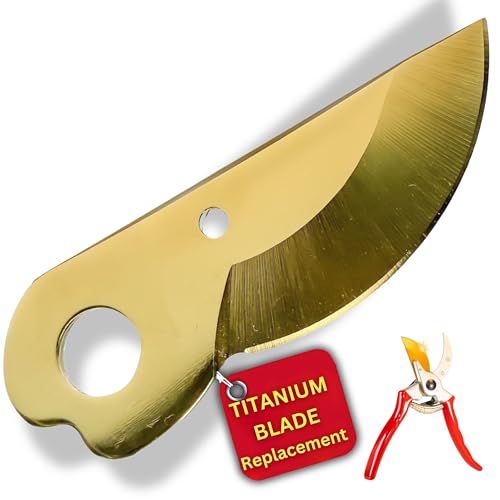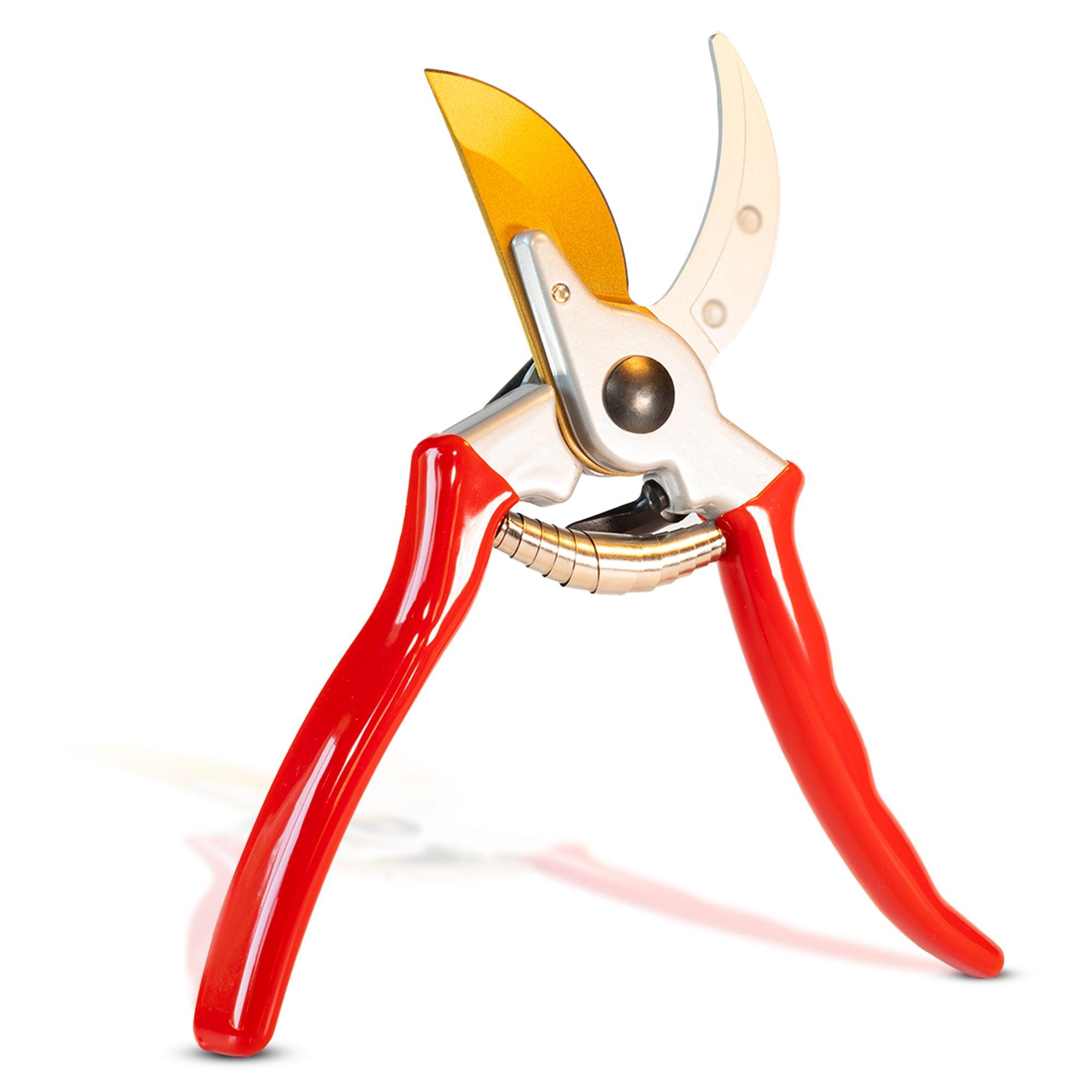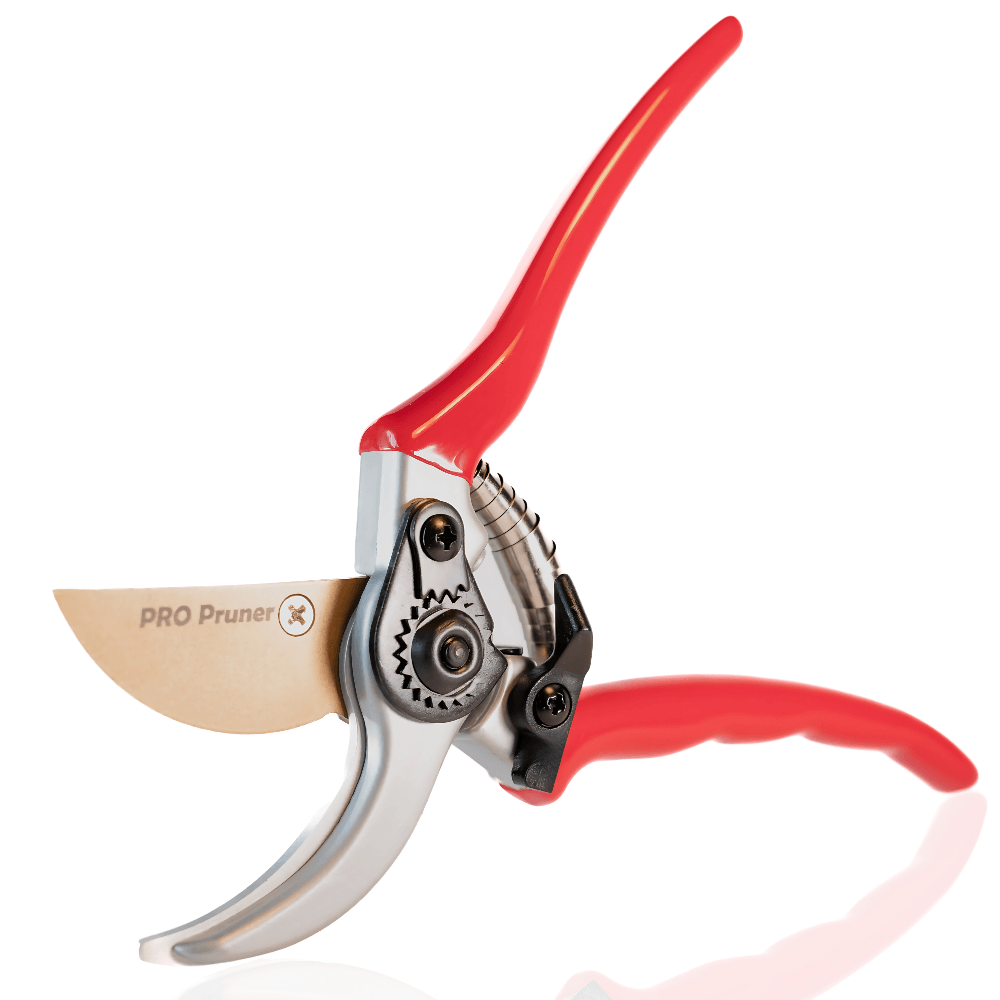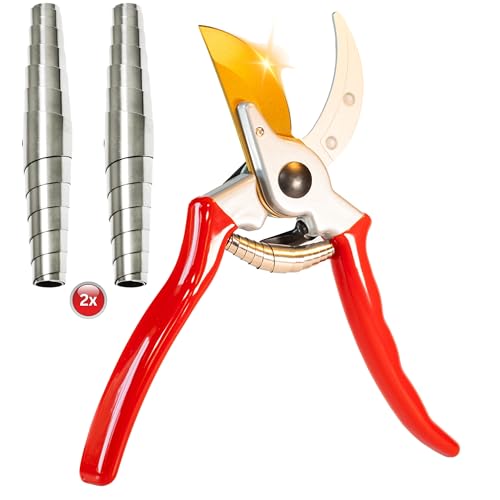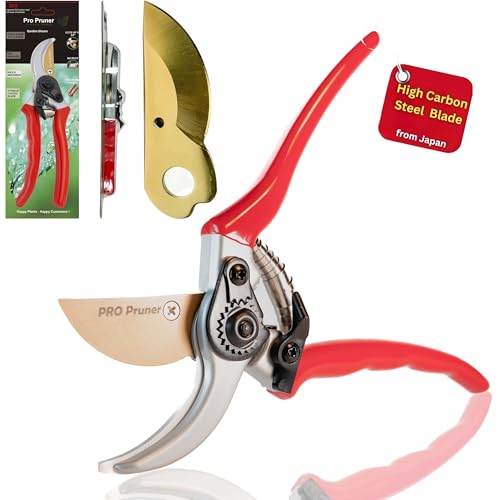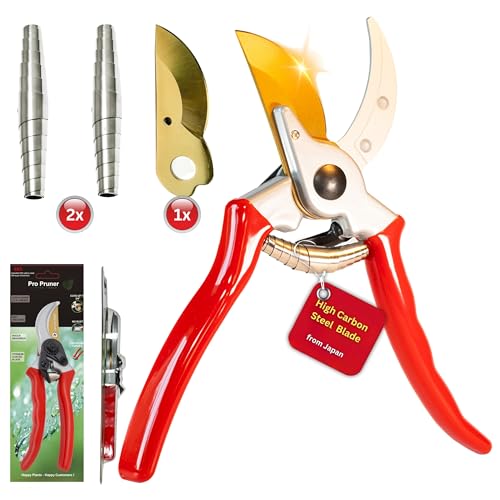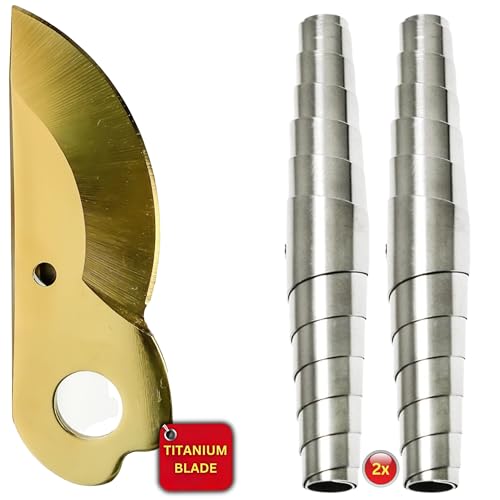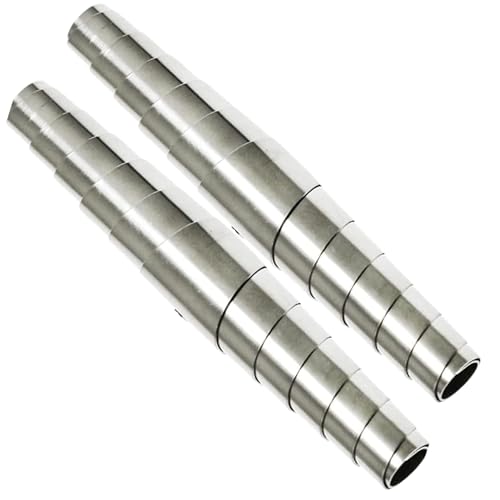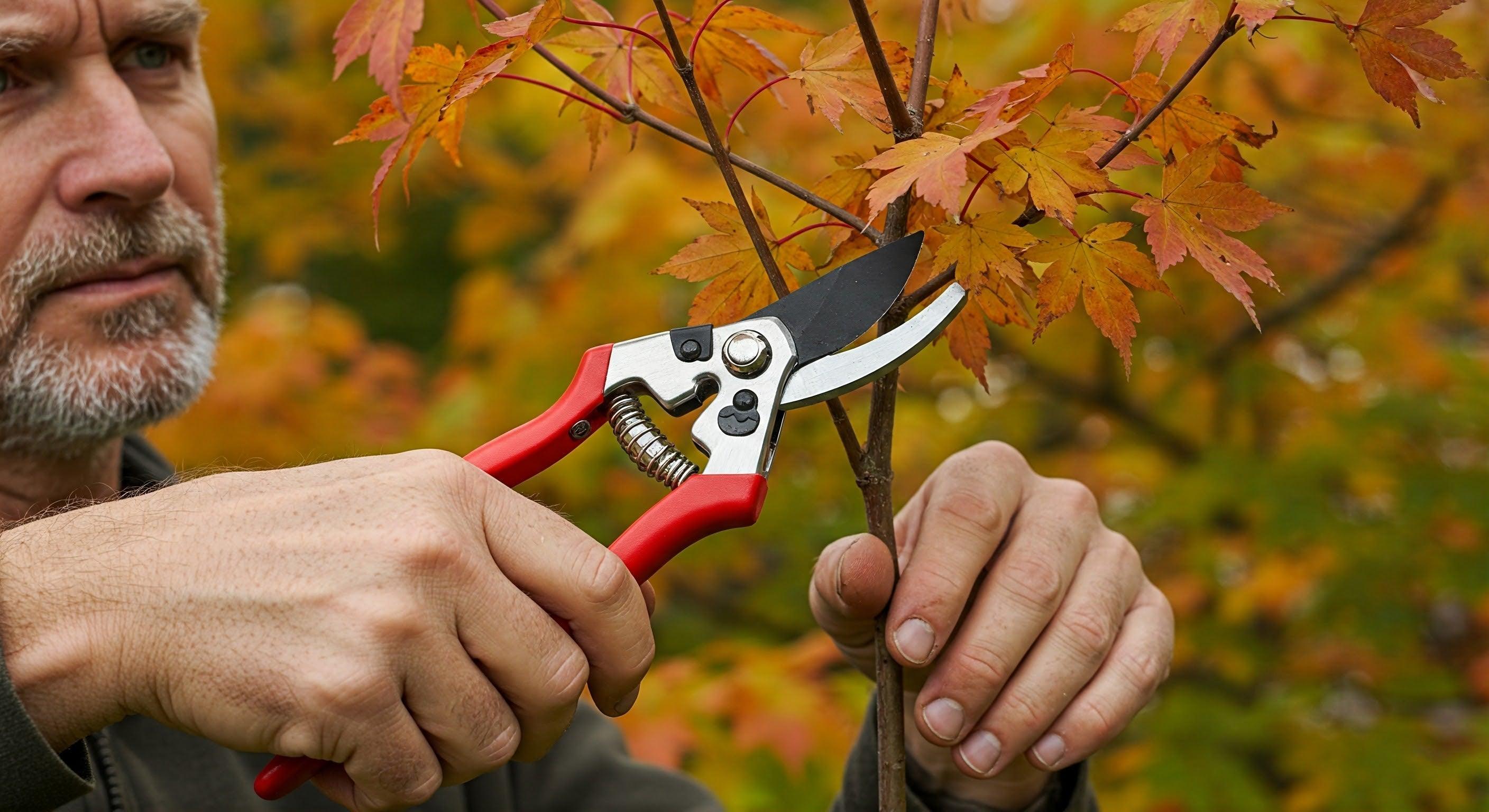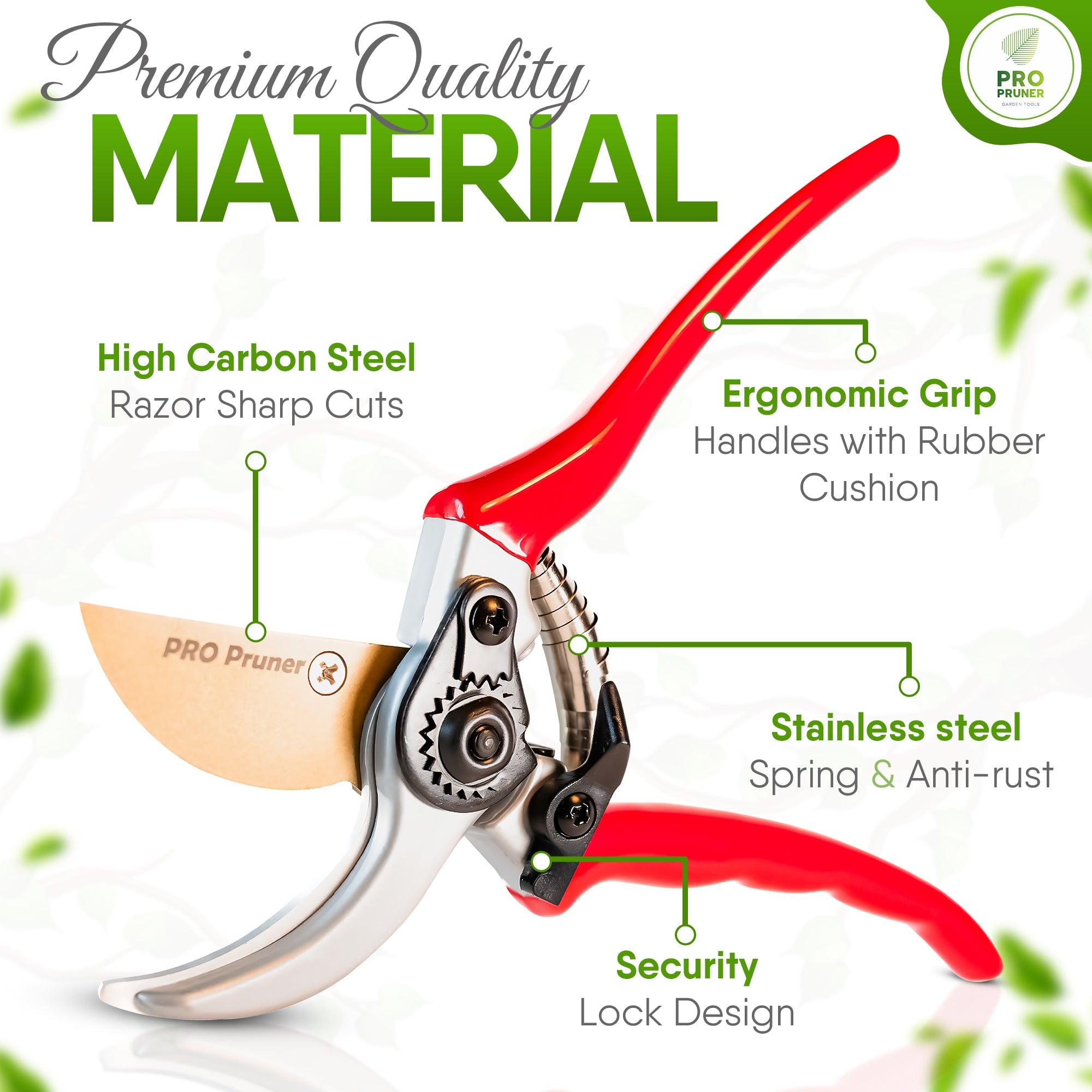1. Pruning Your Fruit Trees
One of the most important tasks to do in March is pruning your fruit trees. Pruning removes dead, diseased, or damaged wood, which can encourage healthy growth and improve fruit yield.
-
Step-by-Step Pruning Instructions:
- Start with dead or diseased branches: Cut these first to help your tree focus its energy on healthy growth.
- Trim crossing or rubbing branches: Remove branches that grow towards each other or rub against each other, as this can cause damage and create entry points for pests.
- Shape the tree: Create a balanced structure for your tree by ensuring it has a strong central leader (main trunk) and evenly spaced lateral branches.
- Cut back older wood: On fruit trees that are becoming overgrown, remove some of the older wood to stimulate new growth. This helps the tree produce more fruit.
- Use sharp pruning tools: Make clean cuts to avoid causing unnecessary stress on the tree. Pruning shears or saws with clean, sharp blades will help prevent jagged edges that may invite diseases.
For more detailed pruning techniques, check out our Pruning Guide.
2. Inspecting for Pests and Diseases
Winter pests and diseases can cause trouble as trees emerge from dormancy. Scale insects, aphids, and caterpillars can all threaten your fruit trees. March is the perfect time to inspect your trees for signs of these pests.
-
How to Identify Common Pests:
- Scale insects: Look for small, round, or oval bumps on the bark. They suck sap from the tree and can weaken it over time.
- Aphids: These tiny green or black insects congregate on new growth and can deform leaves and stems.
- Caterpillars: If you notice holes in leaves, this may be a sign that caterpillars are at work.
To manage these pests, you can use horticultural oils or insecticidal soaps that are safe for fruit trees. Additionally, encourage beneficial insects like ladybugs, which can help control aphids.
For additional pest control tips, visit our Pest Management Page.
3. Fertilizing Your Fruit Trees
Fertilizing fruit trees in March provides the nutrients they need to grow strong and produce high-quality fruit. Look for a balanced fertilizer (such as 10-10-10) with equal parts nitrogen, phosphorus, and potassium.
-
How to Apply Fertilizer:
- Apply fertilizer just before the buds start to swell, typically in early to mid-March, but adjust timing based on your local climate.
- Spread the fertilizer evenly around the base of the tree, starting a few inches from the trunk and extending outward to the edge of the tree's canopy.
- Water the tree thoroughly after applying fertilizer to help the nutrients penetrate the soil.
If you're unsure which fertilizer is best for your trees, take a look at our Tree Care Services.
4. Mulching Around Your Fruit Trees
Mulch is a great way to help maintain soil moisture, regulate temperature, and suppress weeds around your fruit trees. March is the time to apply a fresh layer of mulch, especially if the ground is still a little chilly.
-
How to Apply Mulch:
- Spread mulch around the base of the tree in a 3-4 inch thick layer, but avoid piling it directly against the trunk.
- Use organic mulches like wood chips, bark, or compost, which will break down over time and improve soil quality.
- Ensure there’s a slight gap between the mulch and the tree trunk to prevent rot and fungal growth.
Learn more about the benefits of mulching in our Mulching for Healthy Trees.
5. Watering and Irrigation
Proper watering is crucial, especially as your fruit trees begin to wake up from dormancy. While March is typically still cool, trees may require water if there's been a dry spell.
-
Watering Tips:
- Water the base of the tree thoroughly, but avoid waterlogging the soil. Too much water can lead to root rot.
- Use soaker hoses or drip irrigation systems to deliver water slowly to the roots, ensuring deep penetration without runoff.
- Check the soil moisture regularly, as it can still dry out in the spring.
For detailed watering schedules, refer to our Watering Guide.
Conifers vs. Deciduous Trees: Understanding the Difference
When caring for fruit trees, it’s important to understand the differences between conifers (like pine, spruce, and fir trees) and deciduous trees (like apple, pear, and peach trees).
-
Conifers:
- Evergreen: Conifers retain their needles throughout the year, making them a year-round part of your landscape.
- Pruning: While conifers don’t require regular pruning like deciduous trees, they should still be maintained by trimming dead or damaged branches.
- Watering and Fertilization: Conifers are often more drought-tolerant and may require less frequent watering and fertilizing than deciduous trees.
-
Deciduous Trees:
- Seasonal Changes: These trees shed their leaves in the fall and grow them back in the spring.
- Pruning: Deciduous trees benefit from regular pruning in late winter or early spring (like in March) before new growth starts.
- Watering and Fertilization: Deciduous trees often need more attention to soil moisture and nutrient levels, especially in their active growing season.
When to Prune and Care for Fruit Trees: East Coast vs. West Coast vs. Midwest
East Coast (e.g., New York, Virginia):
- Prune fruit trees in early to mid-March before new growth begins. The East Coast generally experiences colder winters, so ensure that the frost risk has passed before beginning your pruning.
West Coast (e.g., California, Oregon):
- On the West Coast, the climate is milder, so pruning can start as early as February. March is still an ideal time to prune and fertilize, especially before the warmer spring weather sets in.
Midwest (e.g., Illinois, Michigan):
- The Midwest has harsher winters, so you’ll want to wait until late March to prune your fruit trees. Make sure the ground has thawed and frost risk is minimal before applying fertilizer or mulch.

